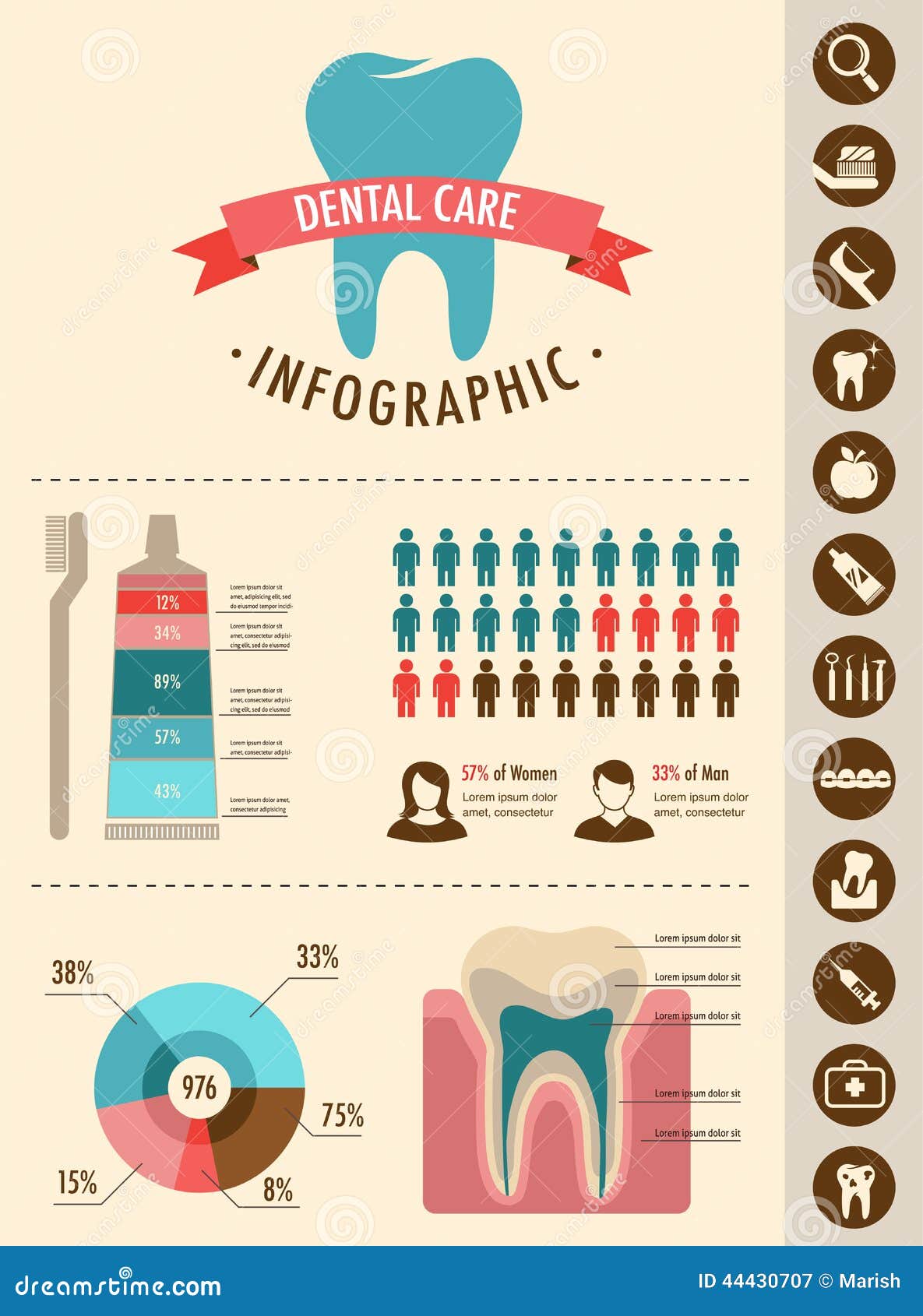The Future Of Dental Surgery: Technologies And Advances Shaping The Field
The Future Of Dental Surgery: Technologies And Advances Shaping The Field
Blog Article
Material By-Demir Hessellund
Invite to the world of dental surgery, where advancements and advancements are forming the future of the field! In this exciting world, you'll witness the transformative power of robotics, the cutting-edge wonder of 3D printing, and the game-changing impact of minimally intrusive strategies.
The future of dental surgery holds an assurance of precision, effectiveness, and improved individual results. With the help of sophisticated robotics, specialists are able to execute intricate treatments with higher accuracy and control.
3D printing innovation is revolutionizing the development of dental implants and prosthetics, supplying tailored solutions that fit flawlessly right into each patient's distinct makeup.
In addition, minimally invasive methods are lowering post-operative discomfort and recuperation time, enabling individuals to return to their daily lives sooner.
Get ready to explore the exciting innovations and breakthroughs that are reshaping the landscape of dental surgery!
Innovations in Robotics
One significant improvement in oral surgery is using robotic innovation, which allows for precise and effective operations. With the help of robot systems, dental surgeons have the capability to perform complicated surgical procedures with improved precision, lessening the danger of human error.
These robotic systems are geared up with innovative imaging innovation and precise instruments that allow surgeons to browse via intricate anatomical structures easily. By utilizing robot innovation, doctors can achieve better medical accuracy, leading to boosted individual outcomes and faster recovery times.
In addition, making use of robotics in dental surgery allows for minimally intrusive procedures, minimizing the trauma to surrounding cells and promoting faster recovery.
3D Printing in Oral Surgery
To improve the area of oral surgery, you can explore the subtopic of 3D printing in dental surgery. This innovative technology has the prospective to revolutionize the way dental doctors operate and deal with individuals. Right here are 4 vital ways in which 3D printing is shaping the field:
- ** Personalized Surgical Guides **: 3D printing allows for the development of very accurate and patient-specific surgical guides, improving the precision and performance of treatments.
- ** https://nypost.com/2023/07/11/save-on-crest-whitestrips-during-amazon-prime-day-2023/ **: With 3D printing, oral cosmetic surgeons can produce tailored implant prosthetics that perfectly fit a patient's distinct anatomy, leading to much better end results and client satisfaction.
- ** Bone Grafting **: 3D printing enables the production of patient-specific bone grafts, lowering the requirement for conventional implanting strategies and improving healing and healing time.
- ** Education and Training **: 3D printing can be used to produce reasonable surgical designs for educational functions, allowing dental doctors to practice complicated procedures before executing them on people.
With its prospective to boost precision, customization, and training, 3D printing is an interesting development in the field of oral surgery.
Minimally Invasive Strategies
To additionally advance the area of dental surgery, welcome the capacity of minimally invasive methods that can substantially profit both surgeons and clients alike.
Minimally intrusive methods are changing the field by lowering surgical injury, decreasing post-operative pain, and increasing the recuperation procedure. These techniques include using smaller sized lacerations and specialized tools to execute treatments with precision and performance.
By using sophisticated imaging innovation, such as cone beam computed tomography (CBCT), doctors can accurately prepare and carry out surgical treatments with marginal invasiveness.
In addition, making use of lasers in oral surgery permits specific cells cutting and coagulation, causing lessened bleeding and reduced healing time.
With minimally intrusive methods, people can experience much faster recuperation, reduced scarring, and improved results, making it a necessary facet of the future of oral surgery.
cheap dentist austin , as you can see, the future of dental surgery is incredibly promising, with amazing innovations and advances forming the area.
From the innovations in robotics to using 3D printing and minimally invasive techniques, dental surgeons are reinventing the method they give care.
While some may worry about the potential cost connected with these advancements, it is very important to remember that these technologies inevitably boost client results and decrease healing time, making them well worth the investment in the future.
